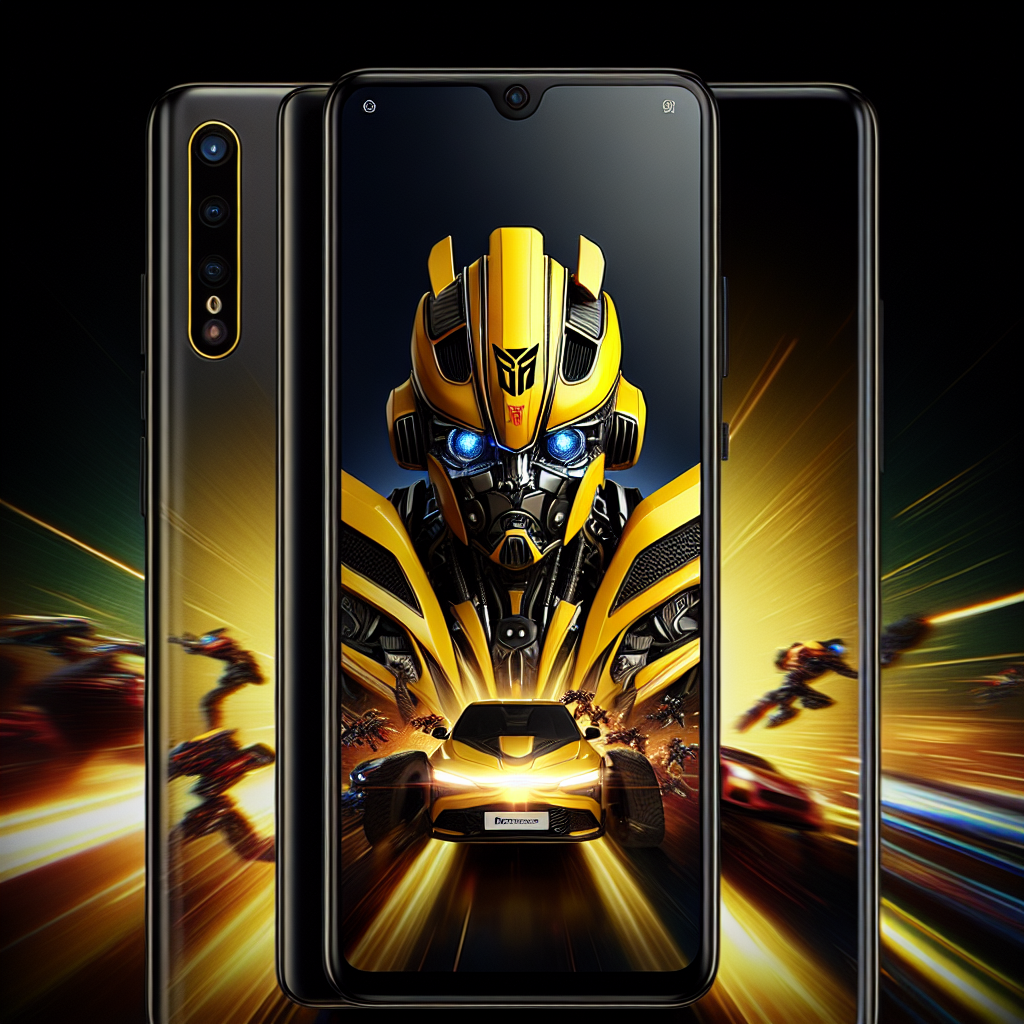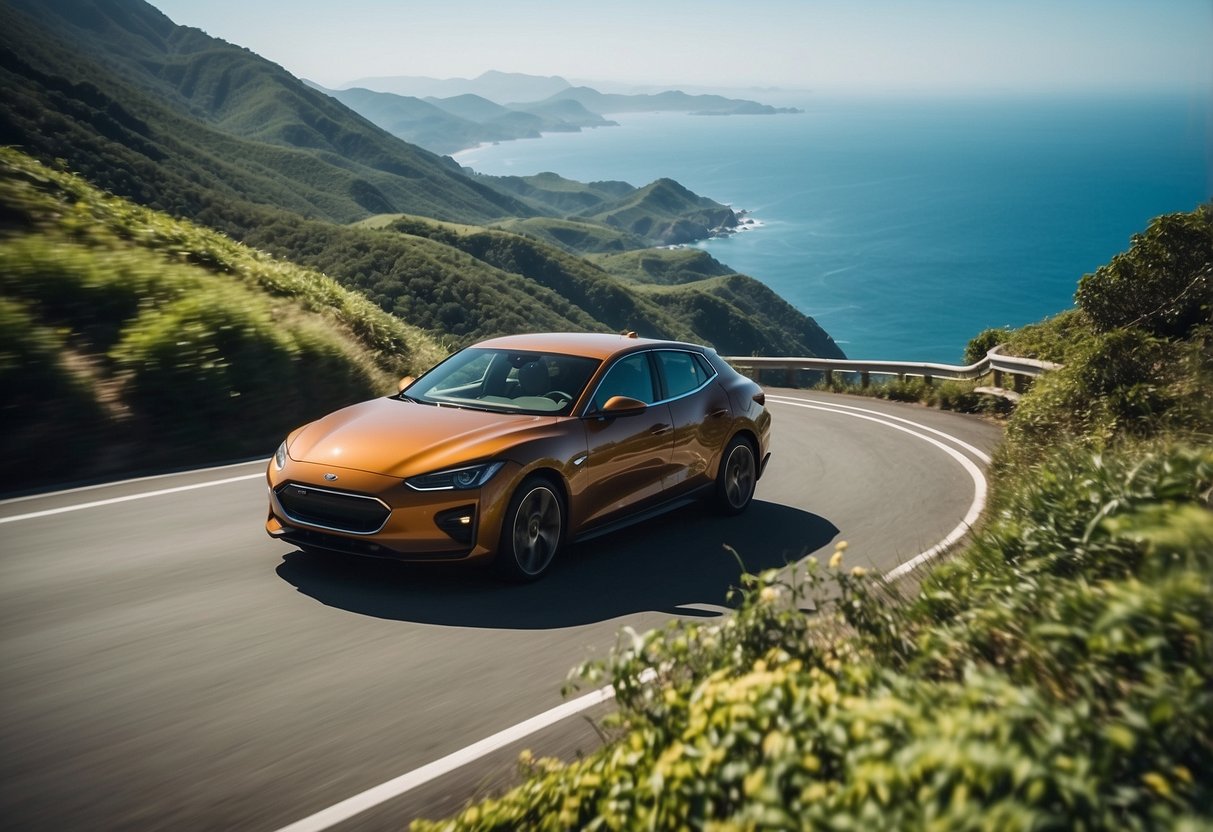Understanding EV Charger Durability and Performance Factors
With electric vehicles (EVs) gaining popularity, understanding the durability and performance factors of EV chargers has become crucial for providing efficient and reliable charging solutions. In this article, we will delve deep into the specific factors that affect the durability and performance of EV chargers, ensuring you have the knowledge to make informed decisions for your EV charging needs.

Understanding EV Charger Durability and Performance Factors
As electric vehicles (EVs) become increasingly mainstream, the importance of high-quality EV chargers is paramount. Durability and performance directly influence the user experience, charging efficiency, and long-term costs. We will explore crucial factors in-depth to understand how they contribute to the overall effectiveness of EV chargers.
1. Build Quality and Materials
The build quality of an EV charger significantly affects its durability. Chargers constructed from robust materials, such as aluminum or high-quality plastics, typically withstand environmental stress better than those made from lower-grade materials. For outdoor installations, chargers must endure weather elements: rain, snow, heat, and UV exposure. Therefore, look for chargers with:
- IP ratings (Ingress Protection) indicating resistance to dust and water.
- UV-resistant coatings to prevent damage from prolonged sun exposure.
- Corrosion-resistant finishes to last in harsh climates.
2. Thermal Management
Thermal management plays a crucial role in the performance and longevity of EV chargers. High temperatures can lead to overheating, which can damage internal components and reduce charging efficiency. To address thermal issues:
- Choose chargers with active cooling systems (like fans) or passive cooling designs that allow for effective heat dissipation.
- Check if chargers have temperature monitoring features that can shut down the unit to prevent damage when overheating is detected.
3. Charge Types and Power Levels
Different chargers cater to various charging speeds: Level 1, Level 2, and DC fast charging. The performance of each depends on how well they manage the charging load:
- Level 1 chargers are slower but great for home use; durability issues often arise when overworked for extended periods.
- Level 2 chargers offer a balanced mix of speed and efficiency, making them ideal for residential and public installations.
- DC fast chargers provide quick charging but come with higher power demands, which can stress lower-quality components.
4. Connector Quality and Standards
The connectors used in EV chargers are critical components affecting both durability and performance. Look for chargers that comply with standards such as:
- SAE J1772 for Level 2 AC charging in North America.
- CCS (Combined Charging System) or CHAdeMO for DC fast charging.
High-quality connectors designed for frequent use exhibit better durability, preventing wear-and-tear that might lead to connection issues, charge failure, or even equipment damage.
5. Software and Firmware Updates
The effectiveness of an EV charger often enhances significantly with regular software updates. Robust chargers will include:
- Cloud connectivity for remote monitoring and troubleshooting.
- Regular firmware updates to improve performance metrics, add features, and enhance security.
Outdated software can lead to operational inefficiencies, posing a risk to the charger's longevity.
6. User Interaction and Usability Features
User-friendliness plays a vital role in the perceived performance of the EV charger. A well-designed interface, ease of connection, and clear instructions can significantly influence the overall charging experience.
- Look for intuitive user interfaces that provide real-time feedback on charging status.
- Consider chargers with RFID or mobile app controls for enhanced convenience.
7. Warranty and Support
A manufacturer's warranty serves as a testament to the durability and expected performance of the charger. Ensure that the charger you select comes with:
- A clear warranty policy usually ranging from 1-5 years.
- Accessible customer support channels for troubleshooting and inquiries.
The longer the warranty, the more confidence the manufacturer has in the product's durability and performance.
8. Environmental Factors
Lastly, environmental factors can greatly affect charger performance and longevity. Install chargers in locations that minimize exposure to extreme temperatures, moisture, and corrosive materials. Factors such as:
- Proximity to coastal regions (saltwater exposure).
- High-traffic areas leading to increased wear.
should be considered to maximize the charger’s lifespan.
Conclusion
The durability and performance of EV chargers are not merely a byproduct of technology but the result of meticulous engineering, quality materials, and innovative design. By understanding and focusing on these factors, electric vehicle owners and businesses can invest in chargers that not only perform well but also last longer while providing reliable service across various environments. Equip yourself with this knowledge and make an informed decision for your EV charging needs.
New posts

How Often Do You Have to Charge an Electric Car? A Comprehensive Guide
Sustainability

How EV Charging Supports Renewable Energy Integration
Electric Vehicles

The Impact of EV Charging on Local Power Grids: Understanding the Challenges and Opportunities
Electric Vehicles

The Future of EV Charging Stations and Smart Grid Integration: Transforming Energy Management
Sustainability

Challenges in Urban EV Charging Infrastructure: A Deep Dive
Smart Cities

How Cities Are Adapting to Electric Vehicle Charging: Innovations and Strategies
Sustainability

Comparing Wired and Wireless EV Charging Systems: A Comprehensive Analysis
Automotive

The Role of EV Charging in Urban Planning: A Sustainable Future
Sustainability

EV Charging in the Smart City Era: Revolutionizing Urban Mobility
Sustainability

Comprehensive EV Charging Guide for 2025: Everything You Need to Know
Electric Vehicles
Popular posts

Maximizing Your Savings: A Complete Guide to Rebates for Home EV Chargers
Home Improvement

Exploring the Latest EV Charging Station Design Trends
Technology Trends
DIY Guide to Installing a Wallbox: A Step-by-Step Approach
DIY
How EV Charging is Set to Transform Mobility
Electric Vehicles

Insights from the Frontline: Interviews with EV Charging Industry Experts
Interviews

Electric Vehicle Innovations and Trends: Navigating the Future of Sustainable Mobility
Innovation

The Science Behind EV Charging Efficiency: Maximizing Energy Transfer
Sustainability

How Often Do You Have to Charge an Electric Car? A Comprehensive Guide
Sustainability

EV Charging Myths vs Facts: Debunking Common Misconceptions
Sustainability

The Benefits of Switching to Electric Vehicle Charging: A Comprehensive Guide
Sustainability